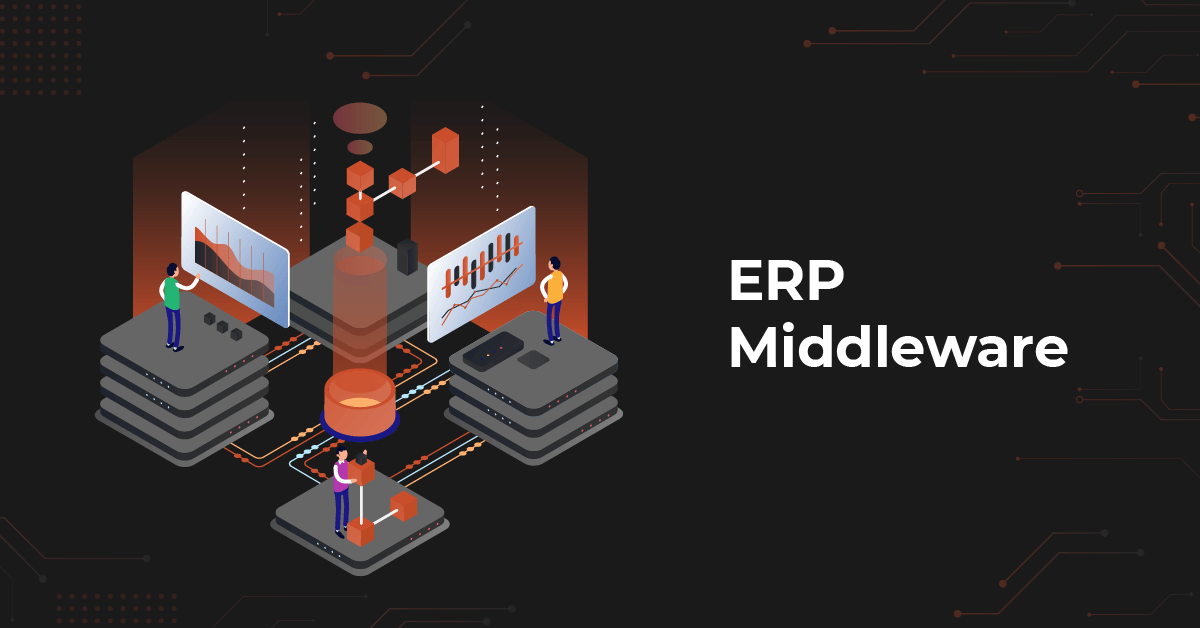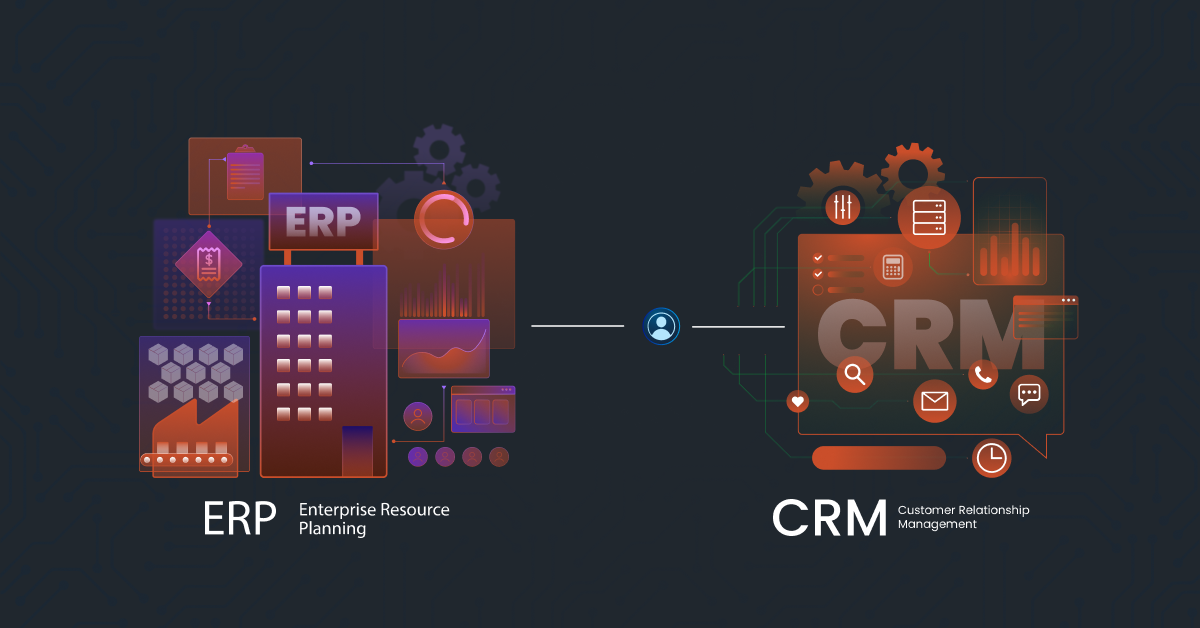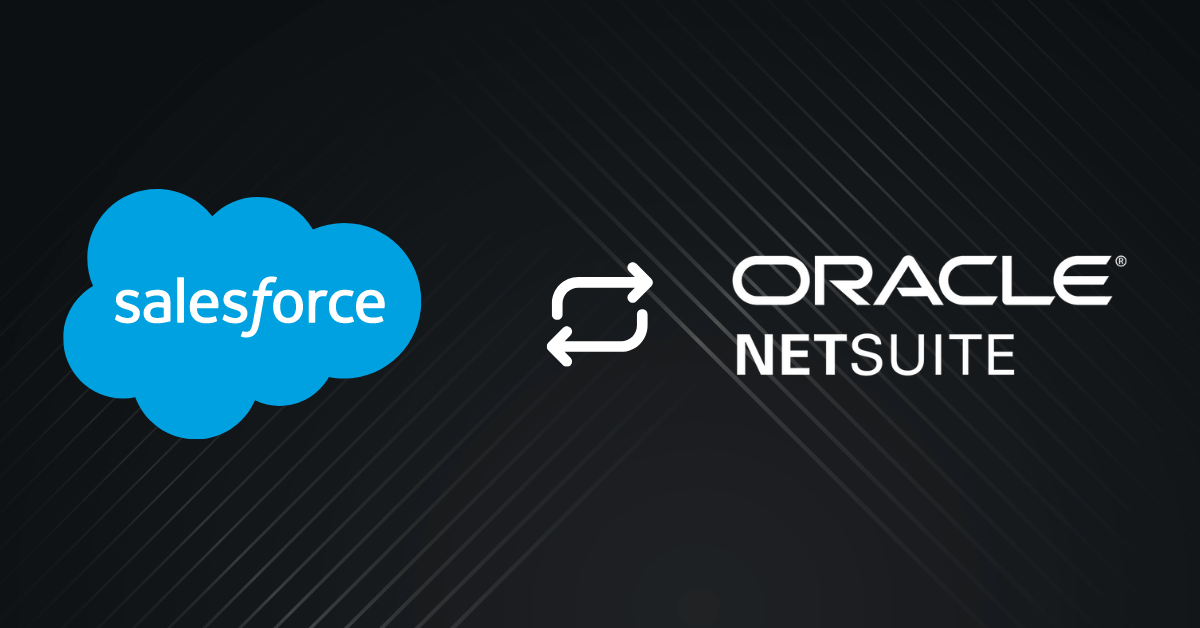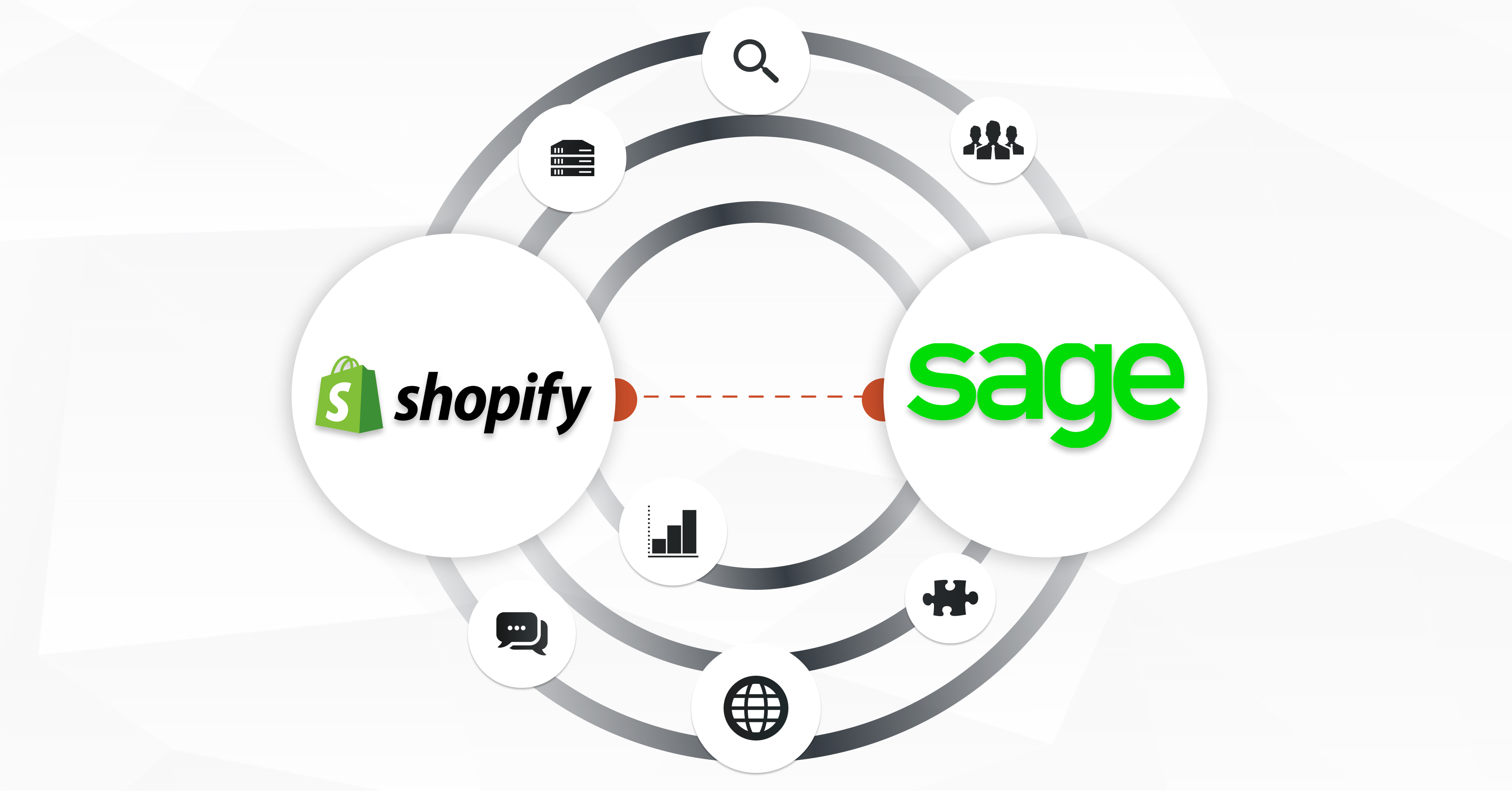Enterprise Resource Planning (ERP) systems serve as the backbone for managing diverse business processes, but the challenge lies in seamlessly integrating these systems to foster collaboration across departments.
This is where ERP middleware steps in, acting as a critical component that ensures connectivity, communication, and ensuring efficiency.
Understanding ERP Middleware
ERP middleware serves as the unseen conductor, orchestrating seamless connectivity between disparate systems. Middleware is the silent force that facilitates interaction and information exchange among various applications and services within a complex system.
Middleware operates as a translator in a multilingual environment, allowing diverse systems to communicate harmoniously. In the ERP realm, middleware supports a range of functionalities, including database access, message-oriented communication, and enterprise application integration. The architecture is designed to provide a virtual layer between applications and the platform, ensuring interoperability.
Also read: ERP Data Integration With Other Systems: How It Works
Key Components of Middleware Architecture
To better understand how middleware operates, it’s essential to delve into its key components. These include:
- Middleware Management Console: Provides an overview of events, transactions, configuration management, and contract rules.
- Common Messaging Framework: Facilitates communication between services, applications, and platforms using standards such as SOAP, REST, or JSON.
- Client Interface: Exposes the middleware’s interface to clients or application services, simplifying application development and deployment.
- Middleware Internal Interface: Enables communication between middleware instances to maintain the overall structure.
- Platform Interface: Connects with backend servers, ensuring compatibility across multiple platforms.
- Contract Manager: Enforces rules imposed by applications, data control, and servers to ensure transparency and minimize disruptions.
- Session Manager: Manages connections, ensures valid requests, and maintains session history for security purposes.
- Database Manager: Controls connections to the database, handling data operations based on the type and sensitivity of the data.
- Runtime Monitor: Monitors contract validations, session history, requests, and responses for anomaly detection and reporting.
Each component plays a crucial role in facilitating a seamless flow of information and ensuring the secure and efficient operation of middleware.
Related read: Workflows V3: DCKAP Integrator’s Biggest Release This Year
Benefits of ERP Middleware
Legacy System Integration
- Legacy systems, while robust in their time, often pose challenges in terms of compatibility and efficiency in the modern business landscape.
- ERP middleware serves as a bridge, allowing organizations to seamlessly integrate new technologies without abruptly discarding existing legacy systems.
- This phased integration ensures a smooth transition, preventing disruptions to ongoing operations.
- By leveraging middleware, organizations can preserve valuable data stored in legacy systems, gradually migrating functionalities to more contemporary solutions. This approach not only safeguards past investments but also minimizes the risks associated with sudden system overhauls.
Scalability
- The scalability feature of middleware is akin to providing a business with a flexible and elastic foundation. During periods of increased demand or traffic spikes, middleware enables organizations to scale their operations effortlessly.
- By distributing client requests across multiple servers, middleware ensures that the system can handle varying workloads without compromising performance.
- This scalability is particularly crucial in dynamic business environments where fluctuations in demand are common. Whether expanding operations or managing seasonal peaks, middleware empowers organizations to adapt to changing circumstances without the need for extensive infrastructure adjustments.
Cost Reduction
- Middleware plays a pivotal role in cost reduction by streamlining development and integration processes. Traditional methods of system integration often involve significant development efforts and resources.
- Middleware simplifies this process, providing standardized interfaces and pre-established protocols for communication. This standardization not only reduces the time and effort required for integration but also minimizes the need for extensive custom coding.
- Consequently, organizations experience a tangible reduction in both development and integration costs, making middleware a cost-effective solution for enterprises of varying sizes.
Innovation Catalyst
- Innovation is the lifeblood of any successful organization, and middleware serves as a catalyst in fostering a culture of continuous improvement.
- By enabling the quick integration of new technologies, middleware facilitates innovation in both development and deployment processes. Organizations can seamlessly incorporate emerging tools, services, or platforms into their existing systems, staying at the forefront of technological advancements.
- This agility in adopting innovations not only enhances operational efficiency but also positions the organization as an industry leader, capable of adapting to and leveraging the latest technological trends.
Complexity Management
- Distributed systems often come with inherent complexities, requiring specialized knowledge for effective management.
- Middleware acts as a simplifying agent, abstracting the intricacies of these distributed systems and providing a unified interface for both developers and end-users.
- This shields users from the technical complexities of various integrated components, offering a standardized and user-friendly experience.
- For developers, middleware provides a cohesive environment, reducing the intricacies associated with coding for diverse systems. This simplification enhances overall system manageability, making it easier to maintain, troubleshoot, and optimize integrated processes.
Business Process Automation
- Middleware serves as a powerful tool in automating business processes, bringing efficiency and consistency to operations. By connecting various operations with predetermined protocols, middleware ensures that data flows seamlessly between different systems.
- This standardized communication not only simplifies connectivity but also establishes a foundation for standardizing processes.
- Automation, facilitated by middleware, eliminates manual interventions, reduces the risk of errors, and accelerates the pace of operations. As a result, organizations experience increased productivity, improved accuracy, and a more streamlined approach to handling business processes.
- The adoption of middleware is not just a technological choice but a strategic imperative for businesses aiming to thrive in the digital age.
Top 8 Practices for Implementing and Managing Middleware
While ERP middleware simplifies integration, effective implementation and management require adherence to best practices:
1. Security Measures
Implementing robust security measures is paramount when dealing with ERP middleware. This involves the incorporation of encryption and access controls to fortify the middleware against potential cyber threats.
By encrypting data transmissions and enforcing strict access controls, organizations can safeguard sensitive information and maintain the integrity of the integrated systems.
2. Scalability Strategy
A well-defined scalability strategy is essential for the effective performance of middleware. Organizations should develop protocols for scaling in or out, ensuring flexibility to accommodate varying workloads and seamlessly work with different applications and platforms.
This strategic approach allows the middleware to adapt to the dynamic needs of the business, preventing performance bottlenecks during periods of increased demand.
3. Customized Configurations
Avoiding reliance on default configurations is a best practice in middleware management. Organizations should customize settings based on specific organizational needs.
This includes tailoring configurations for high availability, scalability, performance optimization, and robust security. Customizing configurations ensures that the middleware aligns precisely with the unique requirements of the organization, enhancing its overall effectiveness.
4. Auditing and Logging Compliance
To meet compliance requirements and facilitate stress-free audits, it is crucial to implement comprehensive auditing and logging functions. This involves tracking and documenting activities within the middleware environment.
By maintaining detailed logs, organizations can not only ensure adherence to regulatory standards but also gain valuable insights into the performance and security of the middleware architecture.
5. Automation
Leverage automation as a key practice for the creation, modification, and rollback of middleware environments.
Automation reduces reliance on manual processes, minimizing the potential for human error. Automated scripts and processes streamline the management of middleware instances, enhancing agility and responsiveness to changing business needs.
6. Future-Ready Design
Designing middleware with an eye toward the future is essential for long-term sustainability. This involves incorporating placeholders for different technologies, anticipating future enhancements, and staying adaptable to changes in technology.
A future-ready design ensures that the middleware remains relevant and can seamlessly integrate with emerging technologies without undergoing significant overhauls.
7. Balance Completeness with Complexity
Striking a balance between completeness and user complexity is crucial for optimal middleware performance. Avoiding the temptation to overload the system with middleware in every possible area is key.
Instead, organizations should aim for a balanced approach that ensures completeness without introducing unnecessary complexity. This balance is vital for maintaining optimal performance and user satisfaction.
8. Constant Monitoring
Regularly testing and monitoring the middleware architecture across different environments are essential best practices. Comprehensive monitoring, preferably through a centralized console, enables organizations to proactively identify and address issues.
This continuous vigilance ensures the reliability and effectiveness of the middleware, allowing for timely interventions and optimizations as needed.
Related read: Understanding What Is iPaaS [+ Use Cases & FAQs]
Comparing Middleware with Other Counterparts
Middleware stands out in comparison to alternative integration approaches:
- Middleware vs. Custom API Development: Middleware provides a more standardized and scalable solution compared to the custom development of APIs, which can be time-consuming and resource-intensive.
- Middleware vs. Out-of-the-Box Integrations: While some ERP vendors offer pre-built integrations, middleware provides a more flexible and customizable solution, adapting to unique organizational needs.
- Middleware vs. Data Migration and ETL Tools: Middleware offers real-time data exchange capabilities, contrasting with the batch-oriented approach of traditional data migration and Extract, Transform, Load (ETL) tools.
Also read: Talend vs Pentaho vs Informatica | ETL vs iPaaS
Best Use Cases of ERP Middleware
ERP middleware finds diverse applications across industries:
Enterprise Application Integration (EAI)
ERP middleware excels in streamlining communication between different business applications within an enterprise.
In scenarios where diverse software solutions are utilized for various functions such as finance, human resources, and customer relationship management, ERP middleware ensures seamless data flow between these applications. This integration enhances overall operational efficiency, reduces data silos, and provides a unified view of business processes.
Real-time Systems
For applications that require timely and instantaneous data exchange, such as financial transactions or monitoring systems, ERP middleware is indispensable.
By facilitating real-time data synchronization, middleware ensures that critical processes operate with the most up-to-date information. This is particularly crucial in industries where split-second decisions can make a significant impact, such as in finance or process control systems.
Content Management
ERP middleware plays a pivotal role in content management by facilitating seamless collaboration in content creation and distribution. This is especially relevant in industries where content creation involves multiple contributors or teams.
Middleware ensures that content-related data, including documents, images, and videos, can be efficiently shared and updated in real-time, enhancing collaboration and content delivery processes.
Supply Chain Management
ERP middleware is a valuable tool for optimizing logistics and inventory processes. Middleware connects different elements of the supply chain, including inventory management systems, order processing, and shipping logistics. This integration ensures real-time visibility into supply chain activities, enhances coordination, and allows for more effective decision-making in response to dynamic market conditions.
Recommended read: ERP In Supply Chain Management: A Distributor’s Guide
Middleware vs. Bolt-on Solutions
Middleware offers several advantages over bolt-on solutions:
- Increased Interoperability: Middleware enhances interoperability between systems, supporting both real-time and batched data exchange.
- Data Transformation Capabilities: Middleware enables data transformation, ensuring compatibility between diverse data formats.
- Scalability and Maintenance: Middleware solutions are more scalable and easier to maintain than intrusive bolt-on solutions.
Navigating the Digital Landscape with DCKAP Integrator: ERP Integration Middleware for Distributors
As the wheels of technology keep turning, ERP middleware stands steadfast at the forefront. It’s the connective tissue that binds disparate systems and applications, contributing to the resilience and adaptability that businesses crave in the digital age.
DCKAP Integrator is a ERP Integration platform built for distributors. It acts as middleware connecting critical business applications such as your ecommerce platform, ERP, CRM, EDI, PIM and others. Crafted to simplify integration for distributors, the product boasts of an easy to use, low-code interface that works especially well with products preferred by distributors.
DCKAP Integrator exists to help distributors enjoy more efficient operations, offer better customer experiences and compete with industry giants. Ready to explore? Just a click away to the interactive product demo!
FAQs
Can ERP middleware play a role in supporting the development of new applications?
Yes, ERP middleware plays a role in supporting the development of new applications by providing a virtual layer between applications and the platform. This ensures interoperability and facilitates functionalities such as database access, message-oriented communication, and enterprise application integration.
How does middleware technology contribute to the scalability of operations within large companies?
Middleware technology provides a flexible and elastic foundation for large enterprises by enabling them to scale their operations effortlessly. It distributes client requests across multiple servers, ensuring that the system can handle varying workloads without compromising performance. This scalability is particularly crucial in dynamic business environments.
How does middleware technology support the integration of software components within a complex system?
Middleware technology serves as a translator in a multilingual environment, allowing diverse software components to communicate harmoniously within a complex system. It provides a virtual layer between applications and the platform, ensuring interoperability and facilitating a seamless flow of information.
What is the significance of application programming interfaces (APIs) in ERP middleware integration?
Application programming interfaces (APIs) are essential in ERP middleware integration as they provide standardized protocols for communication between different software components. Middleware utilizes APIs to enable interoperability and ensure a smooth exchange of information among diverse systems.
What role does an integration platform play in ERP middleware architecture?
An integration platform is a key component of ERP middleware architecture, providing a unified environment for connecting various systems. It acts as a hub for communication, enabling different applications and services to work cohesively within a complex system.
What software tools are commonly associated with ERP middleware implementation?
Various software tools are associated with ERP middleware implementation, providing functionalities such as monitoring, security enforcement, and configuration management. These tools streamline development and integration processes, making ERP middleware a cost-effective solution.
How does ERP middleware contribute to the security features of software applications?
ERP middleware contributes to the security features of software applications by implementing robust security measures. It incorporates encryption and access controls to fortify the middleware against potential cyber threats, ensuring the integrity of integrated systems.
Can ERP middleware be considered a cheaper alternative for organizations looking to streamline development and integration processes?
Yes, ERP middleware can be considered a cost-effective solution for organizations as it streamlines development and integration processes. It provides standardized interfaces and pre-established protocols, reducing the time and effort required for integration, ultimately lowering development costs.
What role does CRM (Customer Relationship Management) play in the context of ERP middleware integration?
CRM (Customer Relationship Management) is significant in ERP middleware integration as it represents a specific application that often needs seamless communication with other systems. Middleware ensures the integration of CRM systems with various applications within an enterprise, fostering efficient customer relationship management.
How can ERP middleware support software developers in their integration efforts?
ERP middleware supports software developers by providing a cohesive environment for integration. It abstracts the technical complexities of diverse systems, offering a standardized and user-friendly interface. This simplification enhances the overall manageability of the development process for software developers.
What is the significance of common services in ERP middleware architecture?
Common services are crucial in ERP middleware architecture as they provide standardized functionalities that can be shared across different applications. This ensures consistency and interoperability within the middleware environment, contributing to the overall efficiency of integrated processes.
Can ERP middleware contribute to business intelligence processes within organizations?
Yes, ERP middleware can contribute to business intelligence processes by facilitating the seamless exchange of data between different systems. This ensures that relevant information is available for analysis, supporting informed decision-making and enhancing business intelligence capabilities.
Contents




